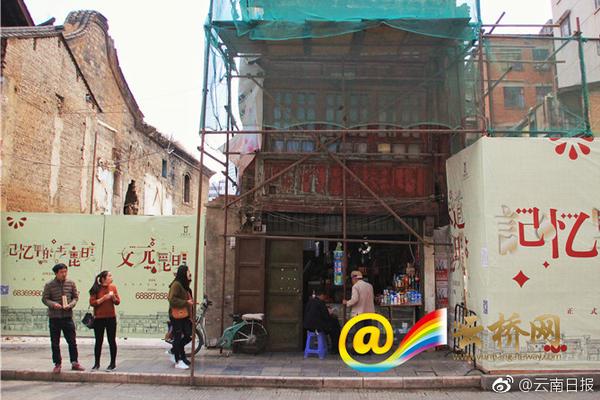
1. Solar photothermal system: a system that converts solar energy into heat energy for heating, refrigeration and other applications, mainly in construction Including solar hot water supply, heating and air conditioning systems. Solar photovoltaic system: a power generation system that uses the photovoltaic effect to directly convert solar radiation energy into electrical energy, referred to as photovoltaic system.
2. What systems are included in the design of renewable energy building application systems: solar photothermal system, solar photoelectric system, natural lighting system.
3. - Lactic acid energy system Lactic acid energy system refers to sugarThe energy system of ATP is re-synthesized in the process of anaerobic decomposition of raw or glucose in the cytoplasm to produce lactic acid. Its maximum energy supply rate or output power is 23 J·kg-1·s-1, and the power supply duration is about 33s. Because the final product is lactic acid, it is called lactic acid energy system.
4. Building Energy Management System (BEMS), Home Energy Management System (HEMS).
Building energy conservation requires the use of the Internet of Things technology to perceive and collect data in real time with sensor devices, connect the building to the Internet through wireless network, and realize the exchange of information. And control.
Intelligent buildings in the design, construction and operation and maintenanceThe following Internet of Things technologies may be used: Automation System: Intelligent buildings need an automation system to control various equipment, such as lighting, HVAC, security and audio and video equipment.
Commercial office building: Intelligent building management system can realize intelligent management of the internal environment and equipment of commercial office buildings. Administrators can monitor and adjust the temperature, lighting and other equipment in the building in real time through the system to provide a comfortable office environment.

The main system of intelligentization in low-carbon construction. Low-carbon construction technology is still a new technology under development. The construction of China's Beijing Olympics and Shanghai World Expo has integrated the low-carbon concept.
Low-carbon construction means that when building material manufacturers produce building materials and equipment, when owners use buildings, and builders try to improve energy efficiency, reduce energy consumption and reduce carbon dioxide emissions when buildings when building and demolishing buildings. It can be seen that low-carbon buildings emphasize the energy consumption and carbon dioxide emissions of the elements that make up the building.
Low-radiation glass: By using low-radiation glass, the outward transfer of indoor heat energy caused by radiation can be greatly reduced, so as to reduce electricity consumption and achieve the goal of emission reduction.
Through low-carbon design, low-carbon energy use, low-carbon creation, low-carbon monitoring, low-carbon operation and low-carbon emissions, it creates an atmosphere of energy saving and emission reduction and highlights a concept of green environmental protection. Low-carbon emission reduction is not a matter of point, but a whole process of realization, and intelligent technology is also included in it.
1. EMS, that is, the energy management system. It is a computerized system that combines science and technology with management (technology, business, policy, etc.), which can be used to monitor, analyze, control and optimize the use, production and distribution of energy and water resources.
2. The main functions of EMS are: EMS Energy Management System is a company-level integrated intelligent system integrating data acquisition, process monitoring and energy scheduling.
3. The EMS system is an energy management system. EMS is a set of electrical energy management systems suitable for low-voltage power distribution systems with the characteristics of strong professionalism, high degree of automation, ease of use, high performance, high reliability, etc. according to the needs of users and in accordance with the standard specifications of the power distribution system.
4. The role of BMS: to ensure the normal and safe operation of the construction equipment system and the public safety system. The role of EMS: to deliver international and domestic emergency letters, documents, financial bills, commodity samples and other documents and items to users with high quality.
Walletinvestor digi plus-APP, download it now, new users will receive a novice gift pack.
1. Solar photothermal system: a system that converts solar energy into heat energy for heating, refrigeration and other applications, mainly in construction Including solar hot water supply, heating and air conditioning systems. Solar photovoltaic system: a power generation system that uses the photovoltaic effect to directly convert solar radiation energy into electrical energy, referred to as photovoltaic system.
2. What systems are included in the design of renewable energy building application systems: solar photothermal system, solar photoelectric system, natural lighting system.
3. - Lactic acid energy system Lactic acid energy system refers to sugarThe energy system of ATP is re-synthesized in the process of anaerobic decomposition of raw or glucose in the cytoplasm to produce lactic acid. Its maximum energy supply rate or output power is 23 J·kg-1·s-1, and the power supply duration is about 33s. Because the final product is lactic acid, it is called lactic acid energy system.
4. Building Energy Management System (BEMS), Home Energy Management System (HEMS).
Building energy conservation requires the use of the Internet of Things technology to perceive and collect data in real time with sensor devices, connect the building to the Internet through wireless network, and realize the exchange of information. And control.
Intelligent buildings in the design, construction and operation and maintenanceThe following Internet of Things technologies may be used: Automation System: Intelligent buildings need an automation system to control various equipment, such as lighting, HVAC, security and audio and video equipment.
Commercial office building: Intelligent building management system can realize intelligent management of the internal environment and equipment of commercial office buildings. Administrators can monitor and adjust the temperature, lighting and other equipment in the building in real time through the system to provide a comfortable office environment.

The main system of intelligentization in low-carbon construction. Low-carbon construction technology is still a new technology under development. The construction of China's Beijing Olympics and Shanghai World Expo has integrated the low-carbon concept.
Low-carbon construction means that when building material manufacturers produce building materials and equipment, when owners use buildings, and builders try to improve energy efficiency, reduce energy consumption and reduce carbon dioxide emissions when buildings when building and demolishing buildings. It can be seen that low-carbon buildings emphasize the energy consumption and carbon dioxide emissions of the elements that make up the building.
Low-radiation glass: By using low-radiation glass, the outward transfer of indoor heat energy caused by radiation can be greatly reduced, so as to reduce electricity consumption and achieve the goal of emission reduction.
Through low-carbon design, low-carbon energy use, low-carbon creation, low-carbon monitoring, low-carbon operation and low-carbon emissions, it creates an atmosphere of energy saving and emission reduction and highlights a concept of green environmental protection. Low-carbon emission reduction is not a matter of point, but a whole process of realization, and intelligent technology is also included in it.
1. EMS, that is, the energy management system. It is a computerized system that combines science and technology with management (technology, business, policy, etc.), which can be used to monitor, analyze, control and optimize the use, production and distribution of energy and water resources.
2. The main functions of EMS are: EMS Energy Management System is a company-level integrated intelligent system integrating data acquisition, process monitoring and energy scheduling.
3. The EMS system is an energy management system. EMS is a set of electrical energy management systems suitable for low-voltage power distribution systems with the characteristics of strong professionalism, high degree of automation, ease of use, high performance, high reliability, etc. according to the needs of users and in accordance with the standard specifications of the power distribution system.
4. The role of BMS: to ensure the normal and safe operation of the construction equipment system and the public safety system. The role of EMS: to deliver international and domestic emergency letters, documents, financial bills, commodity samples and other documents and items to users with high quality.
App to watch Champions League live free
author: 2025-01-09 04:07Free sports events uefa champions league app android
author: 2025-01-09 03:48 UEFA European championship
UEFA European championship
658.59MB
Check DigiPlus fair value
DigiPlus fair value
881.52MB
Check bingo plus update today Philippines
bingo plus update today Philippines
254.73MB
Check Casino Plus app
Casino Plus app
714.74MB
Check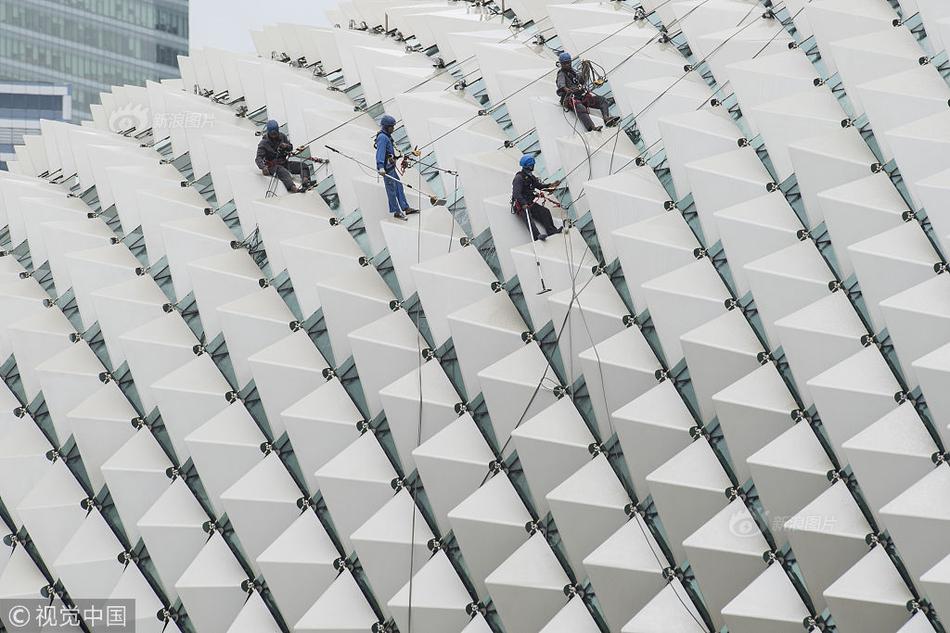 Arena plus APK
Arena plus APK
118.77MB
Check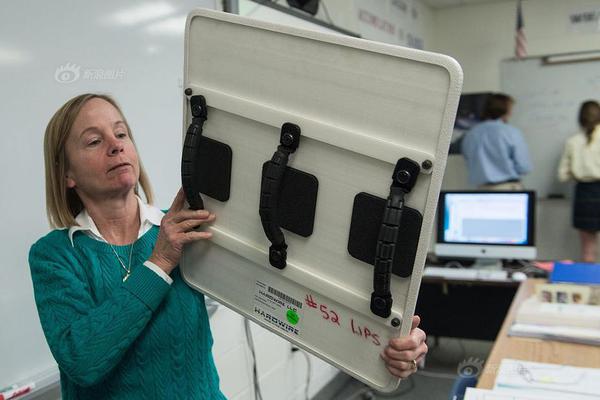 Walletinvestor digi plus
Walletinvestor digi plus
893.41MB
Check UEFA live free
UEFA live free
638.52MB
Check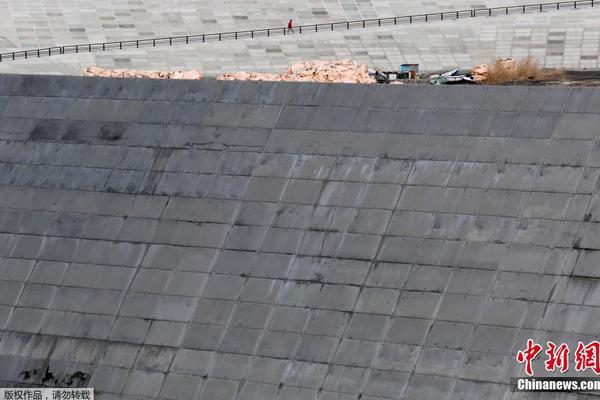 App to watch Champions League live free
App to watch Champions League live free
429.41MB
Check Bingo Plus stock
Bingo Plus stock
477.32MB
Check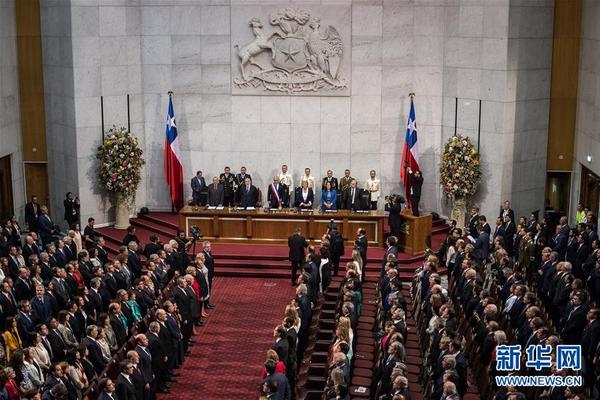 TNT Sports
TNT Sports
436.99MB
Check European Cup live
European Cup live
143.85MB
Check Hearthstone arena
Hearthstone arena
745.28MB
Check Bingo Plus
Bingo Plus
395.17MB
Check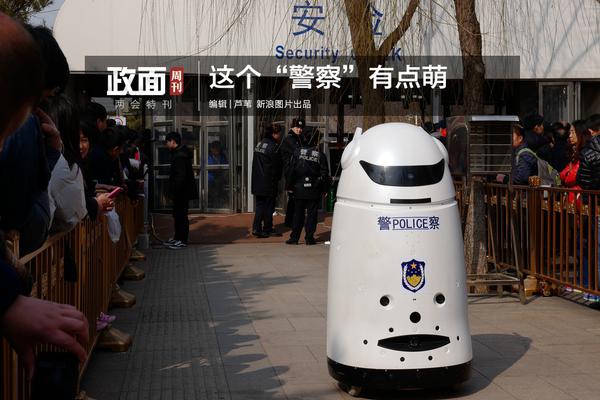 100 free bonus casino no deposit GCash
100 free bonus casino no deposit GCash
452.31MB
Check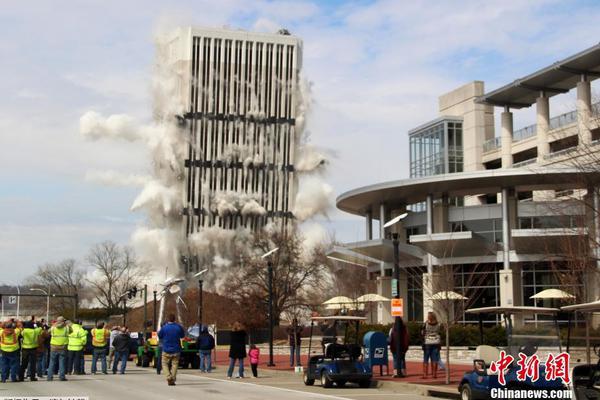 UEFA Champions League
UEFA Champions League
419.54MB
Check bingo plus update today Philippines
bingo plus update today Philippines
687.83MB
Check Arena plus APK
Arena plus APK
838.63MB
Check DigiPlus stock
DigiPlus stock
853.45MB
Check Hearthstone Arena win rate
Hearthstone Arena win rate
911.94MB
Check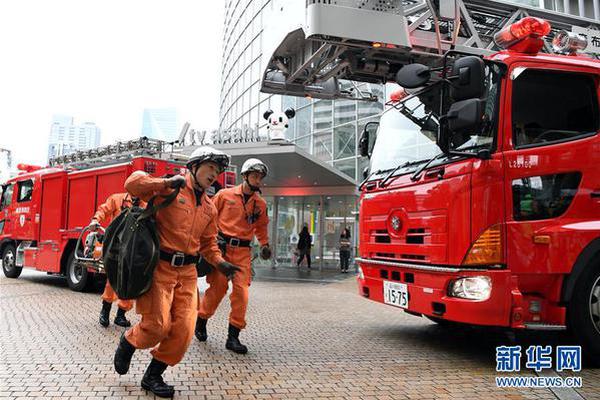 DigiPlus stock
DigiPlus stock
178.49MB
Check LR stock price Philippines
LR stock price Philippines
776.17MB
Check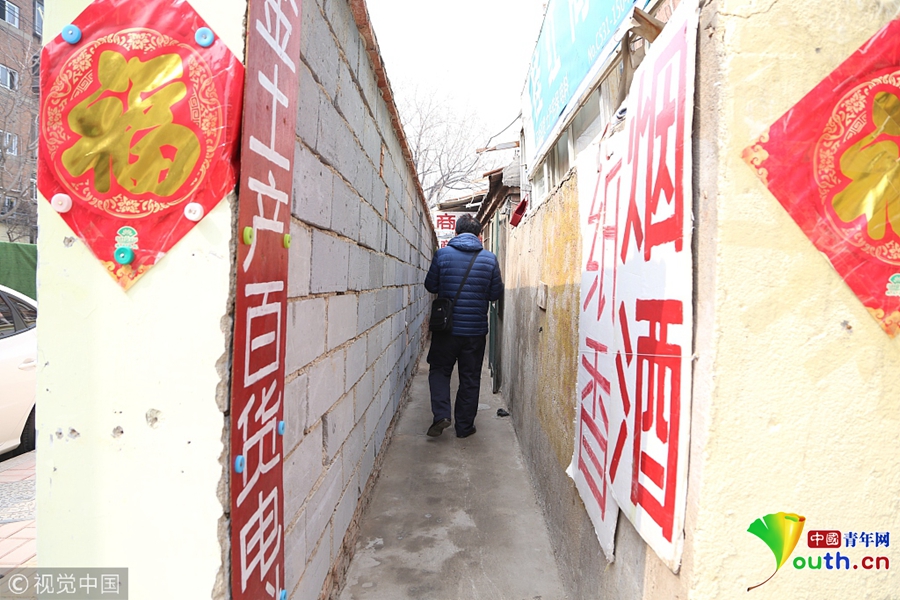 UEFA TV
UEFA TV
586.97MB
Check Walletinvestor digi plus
Walletinvestor digi plus
157.14MB
Check PAGCOR online casino free 100
PAGCOR online casino free 100
259.96MB
Check Casino Plus login register
Casino Plus login register
464.37MB
Check bingo plus update today
bingo plus update today
968.57MB
Check Casino Plus
Casino Plus
264.32MB
Check UEFA Champions League live streaming app
UEFA Champions League live streaming app
863.73MB
Check Hearthstone deck
Hearthstone deck
273.77MB
Check Casino Plus login register
Casino Plus login register
259.57MB
Check UEFA TV
UEFA TV
345.43MB
Check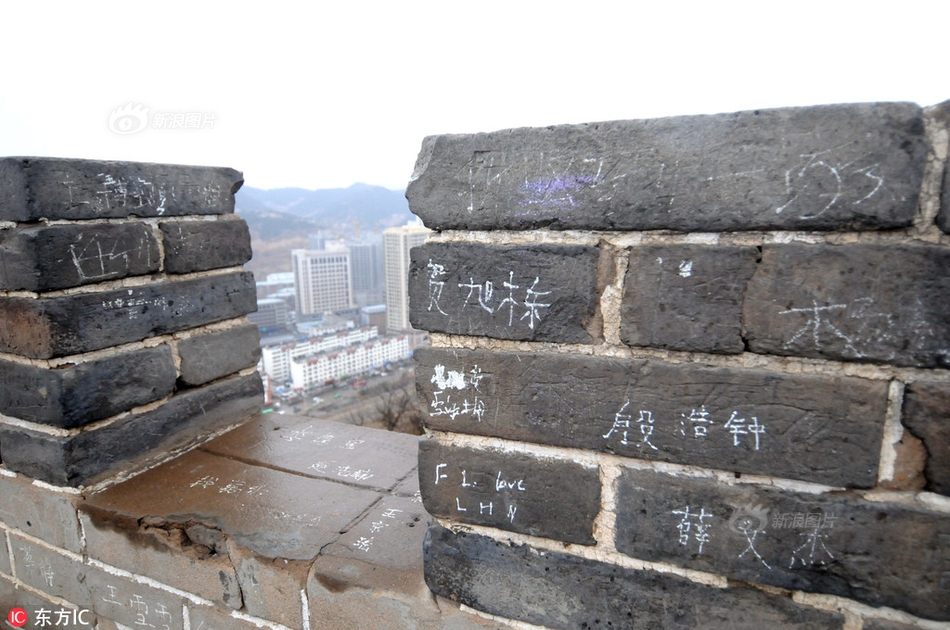 Hearthstone Arena win rate
Hearthstone Arena win rate
413.47MB
Check UEFA Europa League
UEFA Europa League
169.12MB
Check Hearthstone Arena class tier list 2024
Hearthstone Arena class tier list 2024
539.37MB
Check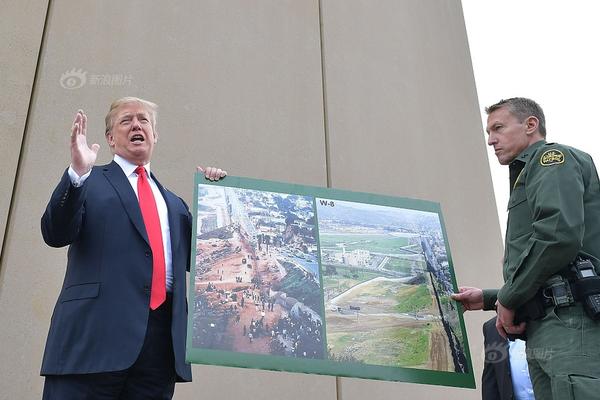 Hearthstone Wild Decks
Hearthstone Wild Decks
965.52MB
Check UEFA live free
UEFA live free
256.65MB
Check
Scan to install
Walletinvestor digi plus to discover more
Netizen comments More
2390 DigiPlus stock
2025-01-09 05:48 recommend
2651 UEFA live free
2025-01-09 04:58 recommend
1845 DigiPlus Philippine
2025-01-09 04:47 recommend
2483 Walletinvestor digi plus
2025-01-09 03:57 recommend
988 DigiPlus stock
2025-01-09 03:39 recommend